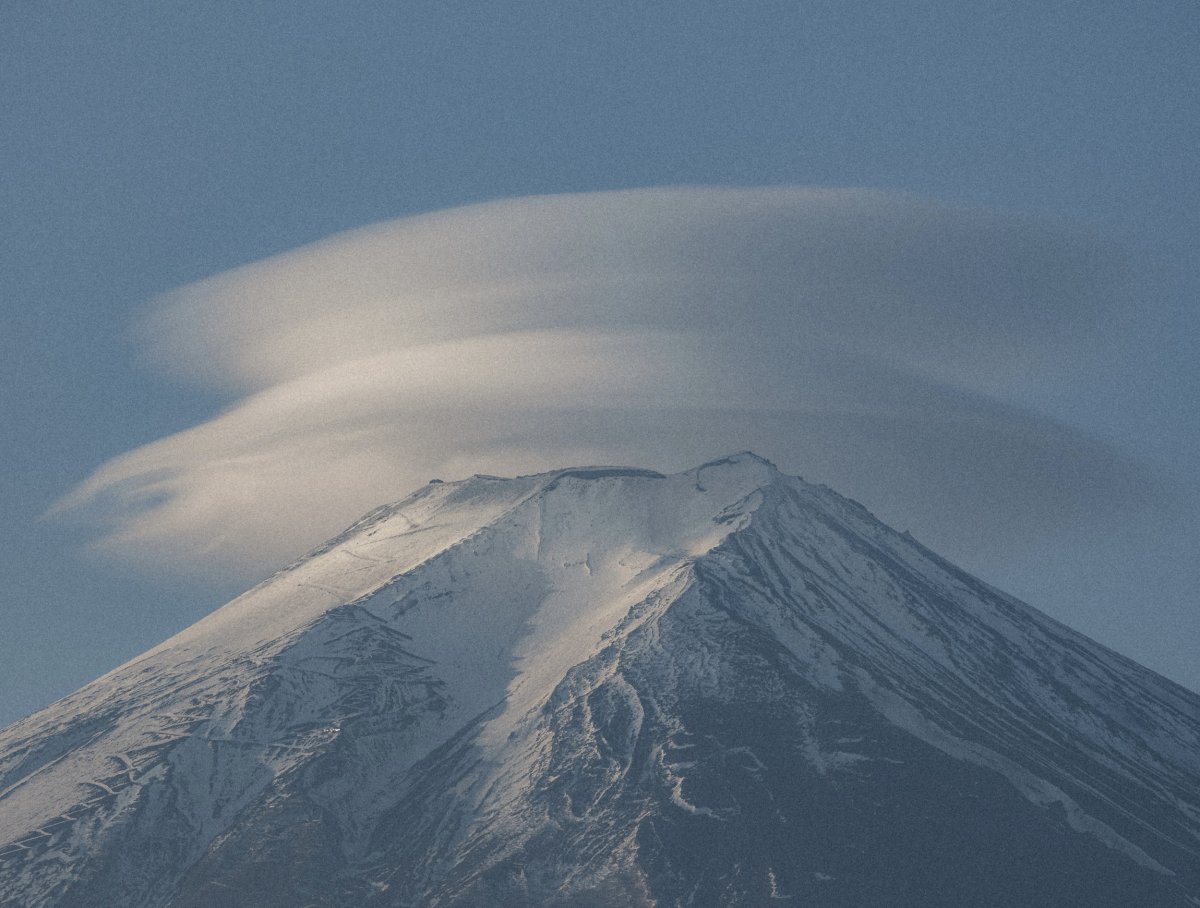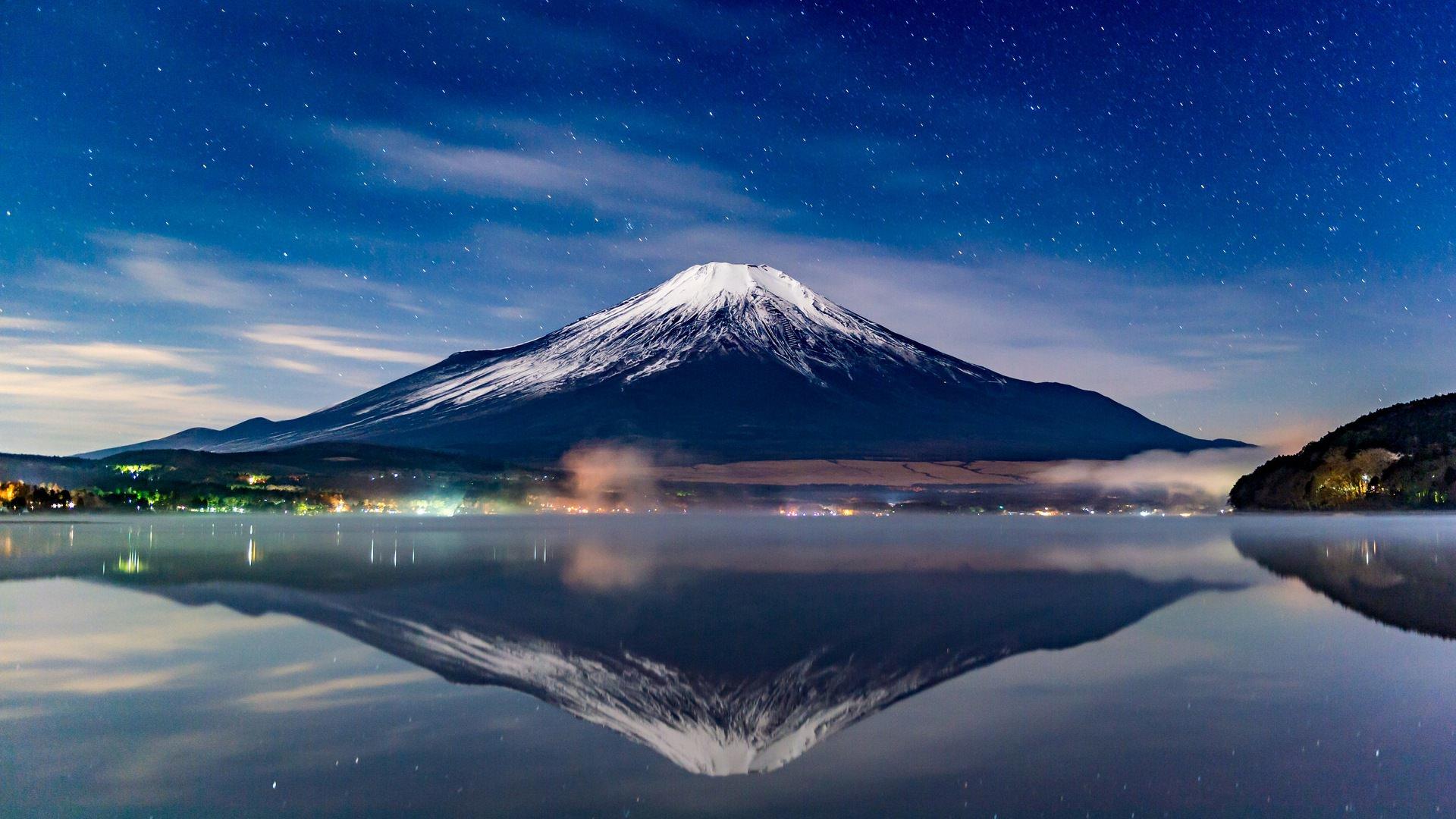Explore Japan's Iconic Mountains: Your Ultimate Guide!
Are you ready to embark on a journey that will transport you to some of the most breathtaking landscapes on Earth? Japan, a land of ancient traditions and futuristic innovation, is also home to some of the world's most iconic mountains, offering unparalleled experiences for adventurers, nature enthusiasts, and those seeking spiritual solace.
This exploration will guide you through the majestic peaks that define the Japanese skyline, offering insights into their unique characteristics, geographical locations, and the best ways to experience their splendor. From the towering heights of Mount Fuji to the rugged beauty of the Kiso Mountains, prepare to be captivated by the natural wonders that await.
Exploring Japan's Majestic Peaks
Japan, an island nation celebrated for its blend of traditional culture and cutting-edge technology, also boasts a stunning array of mountains that dominate its landscape. These peaks are not just geological formations; they are integral to Japan's history, spirituality, and artistic expression. This guide provides a detailed overview of some of the most iconic mountains in Japan, offering practical information for travelers and enthusiasts alike.
Mount Fuji (Shizuoka)
Undoubtedly the most recognizable mountain in Japan, Mount Fuji, often referred to as Fuji-san, is a stratovolcano that stands as a symbol of the nation. Its near-perfect conical shape is a testament to nature's artistry, attracting millions of visitors each year. Located in Shizuoka Prefecture, Mount Fuji soars to a height of 3,776 meters (12,388 feet), making it the tallest mountain in Japan. Although technically an active volcano, it hasnt erupted for over 300 years, allowing for safe climbing and exploration.
Reaching Mount Fuji is relatively accessible. Direct buses from Tokyo offer a scenic route, with stops at key landmarks along the way, providing an opportunity to soak in the beauty of the surrounding landscape. For those who prefer a more independent travel experience, renting a car is a great option, offering flexibility and the chance to explore at your own pace. The drive from Tokyo to the mountain takes approximately three to four hours, depending on traffic conditions.
The best time to visit Mount Fuji is during the climbing season, which typically runs from July to September. During these months, the weather is generally clear, and the trails are open. However, the mountain is beautiful year-round, with different seasons offering unique perspectives. Spring brings cherry blossoms, summer offers lush greenery, autumn showcases vibrant foliage, and winter blankets the mountain in snow, creating a magical vista.
Mount Hken (Kiso Mountains, Nagano Prefecture)
Nestled within the Kiso Mountains of Nagano Prefecture, Mount Hken is a sharp pyramidal peak that presents a challenging yet rewarding climb. Standing at 2,931 meters (9,616 feet), it offers a demanding alpine trail (T5) to the summit, appealing to experienced hikers seeking a thrilling adventure. On the way, hikers will encounter a rocky section equipped with chains, adding to the excitement and challenge.
Mount Hken is renowned for its stunning natural beauty. The mountain is home to a large cirque called Senjjiki, which bursts with alpine flowers in the summer months, creating a vibrant and colorful spectacle. The area around the mountain is a haven for nature lovers, providing opportunities for hiking, camping, and immersing oneself in the tranquility of the Japanese Alps.
Mount Haku
Mount Haku, another gem in the Japanese mountain range, last erupted in 1659. Today, its slopes offer a serene environment, abundant with nature. Well-marked hiking trails weave through the natural growth, providing a relaxing route for exploration. This mountain is known for its diverse ecosystem and the relatively easy accessibility, making it a popular destination for those seeking a less strenuous mountain experience.
Mount Mitake (Tokyo)
For those looking for an accessible mountain experience near Tokyo, Mount Mitake is an excellent choice. Reaching this mountain takes less than two hours by rail from Tokyo, making it a convenient day trip. The mountain offers a variety of hiking trails, shrines, and stunning views, providing a taste of mountain scenery without extensive travel. This makes it an ideal choice for a quick escape from the city.
Mount e (Kyoto)
If you are visiting Japan during the fall and winter, Mount e near Kyoto offers spectacular views. Multiple shrines dot the mountain, with the Onitake Inarijinja Shrine at the 8th station providing the best vantage points. From Kyoto, the journey involves a train to Oe Station, followed by a city bus to the final stop, leading you directly to the mountain's scenic trails and religious sites.
The varied mountain environments within Japan offer exceptional opportunities for photography. Photographers can capture stunning images throughout the year, with the landscape changing dramatically with each season. Winter snow, spring blossoms, vibrant autumn colors, and the lush greens of summer all contribute to a diverse and captivating portfolio.
Travel Essentials and Tips
To make the most of your mountain exploration, consider these essential travel tips:
- Proper Gear: Pack appropriate hiking gear, including sturdy boots, layered clothing, rain gear, and a hat and gloves.
- Weather Check: Always check the weather forecast before heading out, as mountain weather can change rapidly.
- Trail Information: Research trails and their difficulty levels to choose routes suitable for your fitness level.
- Transportation: Utilize direct buses or rent a car for easy access to the mountains.
- Accommodation: Book accommodations in advance, especially during peak seasons, to ensure a comfortable stay.
Whether you are drawn to the iconic beauty of Mount Fuji, the challenging trails of Mount Hken, or the easily accessible peaks near Tokyo, Japan's mountains promise an unforgettable experience. Embrace the beauty, respect the natural environment, and prepare to create memories that will last a lifetime. From serene escapes to photographer's paradises, Japan's mountains offer something for everyone, making every visit a chance to connect with nature in profound ways.
Further Exploration:
For more detailed travel information, including distances between locations and specific tips for a memorable experience, explore online resources such as travel blogs, official tourism websites, and hiking forums. These resources provide valuable insights to enhance your journey and ensure you have a safe and rewarding experience in Japan's majestic mountains.
Wolken, although mentioned, is a company specializing in solar protection solutions, offering unique products and expertise. Their contribution to this guide is peripheral, representing a contrast to the natural beauty described.
This comprehensive guide to Japan's mountains serves as an invitation to explore a world of natural wonders. Each peak presents a unique story, filled with history, culture, and stunning beauty. From the most iconic mountains to hidden gems, these natural environments offer a world of discovery.
Additional Information
Orographic lift is a meteorological phenomenon that occurs when an air mass is forced from a low elevation to a higher elevation as it moves over rising terrain. This can lead to cloud formation and precipitation. This effect is often observed in mountainous regions, contributing to the unique weather patterns found there.
Snow's high albedo, due to its crystalline structure, means it reflects a significant portion of sunlight. As a result, snow melts slowly under direct sunlight, and other factors, like ambient temperature, play a more important role in its melting process. The sun is only tangentially responsible for the snow's existence.
For those interested in gaming, the term "mount" refers to a rideable creature or object in various games. The "good boy's leash" is an example of an achievement award that unlocks a mount, offering players a unique gaming experience. Gaming strategies involve understanding the damage buffs and challenges involved in obtaining such mounts.
Remember, the most essential aspect is to appreciate the natural beauty and cultural significance of the mountains. Embrace every opportunity to learn, explore, and connect with the stunning landscapes that Japan offers. Japan's mountains are a treasure to be discovered, inspiring awe and a deeper appreciation of the natural world.


